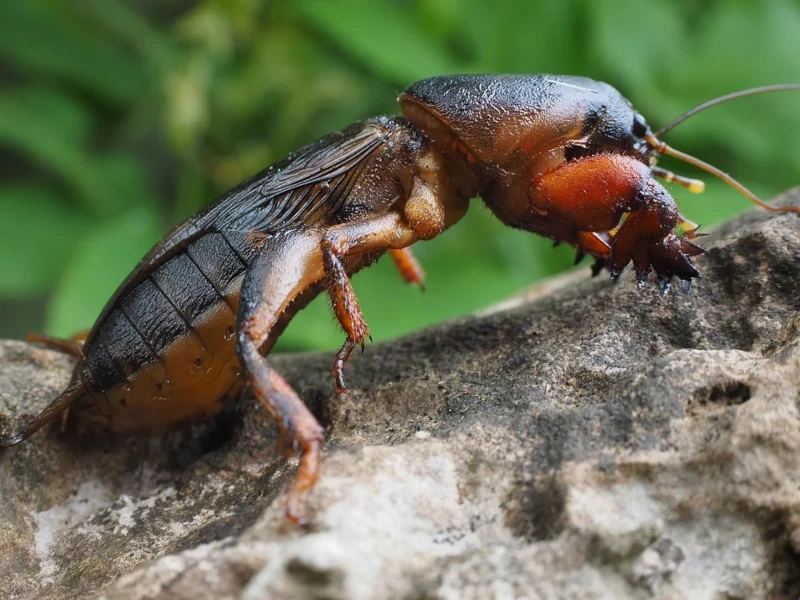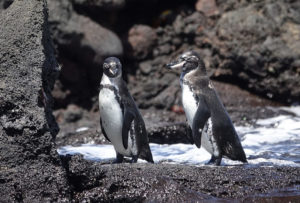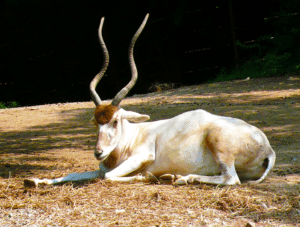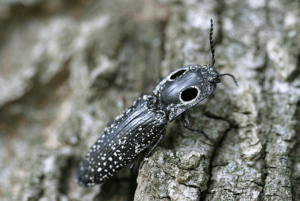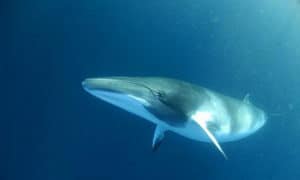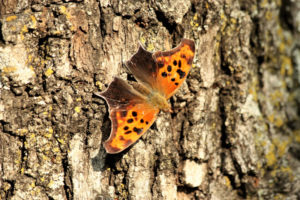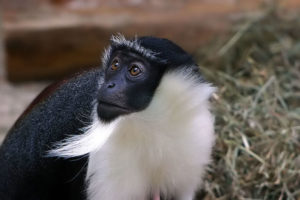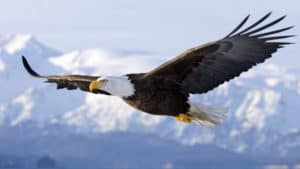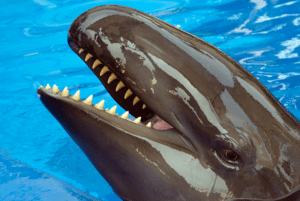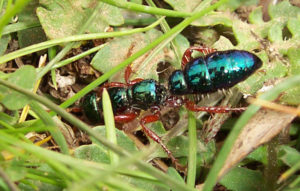Mole Cricket Facts Related Species Mole Cricket Physical Characteristics While the different species of Mole Cricket vary slightly in size and appearance, similarities remain.In addition, unlike many insects, they do not display sexual dimorphism. Both genders attain a maximum length of between 1.3 in (3.2 cm) and 1.4 in and (3.5 cm). They possess a […]
Galapagos Penguin
Galapagos Penguin Facts Related Articles Galapagos Penguin Physical Description The fabulous Galapagos Penguin typically captivates those fortunate enough to encounter it in its native habitat. While the animal does so due to reasons that vary between individuals, pure size rarely counts among them. That’s because it’s a small member of its genus. In fact, it […]
Screwhorn Antelope
Screwhorn Antelope Facts Related Articles Screwhorn Antelope Physical Description The captivating Screwhorn Antelope typically enthralls those individuals fortunate enough to encounter one. Unlike some species, however, it does so for a variety of reasons. While these certainly include a wide range of characteristics, the primary one remains obvious. Arguably, this marvel of Nature has a […]
Click Beetle
Click Beetle Facts Related Articles Click Beetle Physical Description Firstly, given the incredible number of species in its Family, physical appearances among the different varieties of Click Beetle vary significantly. Secondly, however, general similarities between the various members of the enormous still remain. In fact, only a relative a few members of this remarkable Family […]
Fin Whale
Fin Whale Facts Related Articles Fin Whale Physical Description The breathtaking Fin Whale quite easily impresses the viewer for several undeniable reasons. The first of these, however, has to be its sheer physical size. That’s due to the fact that the whale represents the second-largest of all creatures known to currently exist. Physical dimensions actually […]
Question Mark Butterfly
Question Mark Butterfly Facts Related Articles Question Mark Butterfly Physical Description Entomologists consider the distinctively marked Question Mark Butterfly to be a rather moderately large species. One of the most noteworthy facts about this insect remains what it does not possess. Unlike most butterflies or moths, it does not display sexual dimorphism. Both genders attain […]
Roloway Monkey
Roloway Monkey Facts Related Articles Roloway Monkey Physical Description In fact, the distinguished looking Roloway Monkey actually possesses a comparatively small body for a primate. Furthermore, the remarkable species also displays a slight degree of sexual dimorphism. Both genders attain body lengths of as much as 21.6 in (55 cm), yet females tend to be […]
Bald Eagle
Bald Eagle Facts Related Articles Bald Eagle Physical Description Most notably, the gorgeous Bald Eagle displays the physiological characteristic of sexual dimorphism. That remains a characteristic shared by many of its related species, though. In its case, however, this trait presents itself as a matter of size. That holds true due to the fact that […]
False Killer Whale
False Killer Whale Facts Related Articles False Killer Whale Physical Description Firstly, the False Killer Whale, like many related species displays a certain degree of sexual dimorphism. However, in the case of this species, the visible physical difference remains very slight. Due to this fact, individuals of both genders of this particular species attain roughly […]
Bluebottle Ant
Bluebottle Ant Facts Related Articles Bluebottle Ant Physical Description The beautiful yet deceptively named Bluebottle Ant often gets mistaken for a large ant. Sexual dimorphism also appears in this wasp, with the females being larger than the males. Females average a body length of 1 in (2.5 cm), while the smaller males only average 0.5 […]
